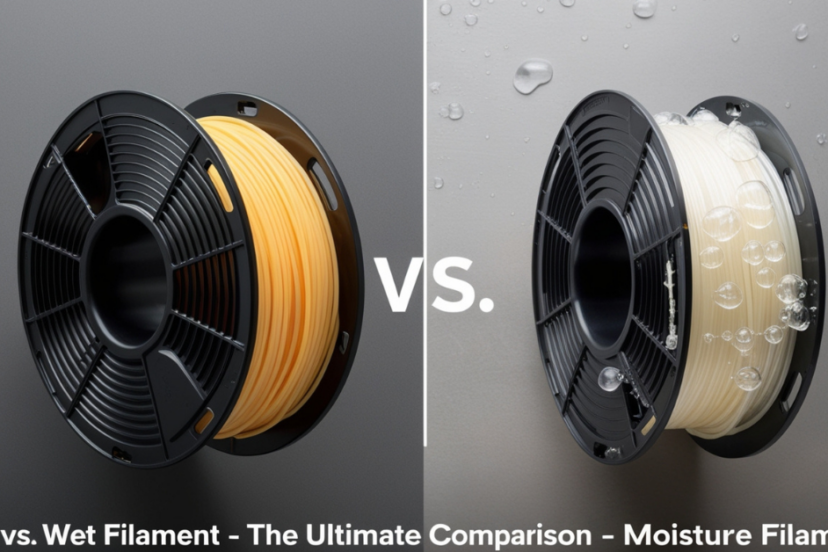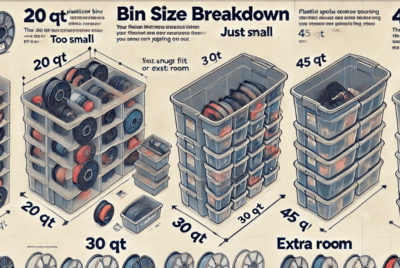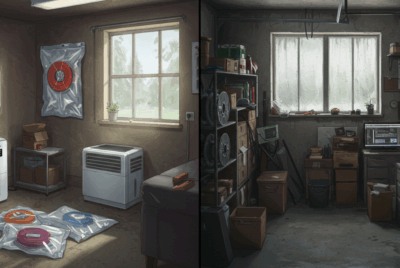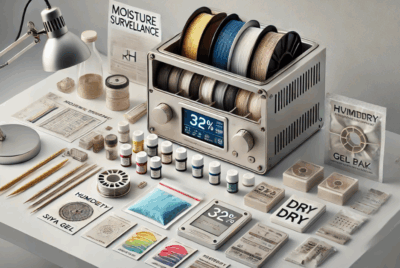How can I tell if filament is wet?
You can tell if 3D filament is wet by looking for several signs during both the storage and printing process:
1. Bubbling or Popping Sounds
- Signs during printing: If your filament is wet, you may hear popping or crackling sounds as it extrudes. This happens because the moisture in the filament turns to steam when heated, creating bubbles that cause the noise.
- What to look for: Pay attention to the first few layers of your print. If the print surface isn’t smooth or you hear strange noises, it’s likely the filament has absorbed moisture.
2. Poor Print Quality
- Signs during printing: Wet filament often leads to poor print quality. This can include inconsistent extrusion, warping, poor layer adhesion, and a rough or bubbly surface.
- What to look for: If your print has surface imperfections like bubbling or visible lines, the filament may be moist.
3. Weak or Brittle Prints
- Signs after printing: Filament that has absorbed moisture can result in prints that are weak, brittle, or prone to breaking easily.
- What to look for: If you find that printed parts are snapping easily or have a fragile texture, this could be due to moisture in the filament.
4. Appearance of the Filament
- Signs during storage: Wet filament may look a bit dull or have a slightly cloudy appearance, particularly when stored in high-humidity environments. This can happen because the moisture inside the filament can cause condensation or affect the material’s texture.
- What to look for: If the filament feels sticky or softer than usual, it may be absorbing moisture.
5. Filament Feels “Spongy” or Soft
- Signs before printing: If your filament feels unusually soft or spongy when you handle it, this could be a sign it has absorbed moisture. PLA, in particular, may lose its rigid feel when it becomes wet.
- What to look for: Check if the filament feels more flexible than usual when you bend it. This could indicate it has absorbed moisture and needs drying.
6. Inconsistent Color or Texture
- Signs after printing or during storage: Wet filament can cause discoloration or texture changes. For example, it may have spots that look slightly different from the rest of the filament, especially in hygroscopic materials like Nylon or PETG.
- What to look for: Check the filament for unusual patches, streaks, or cloudy areas that might indicate moisture damage.
If you notice any of these signs, it’s a good idea to dry the filament before printing. Using a filament dryer or an oven (set to a low temperature, around 45°C for PLA) can help remove the moisture and restore the filament’s printing quality.




